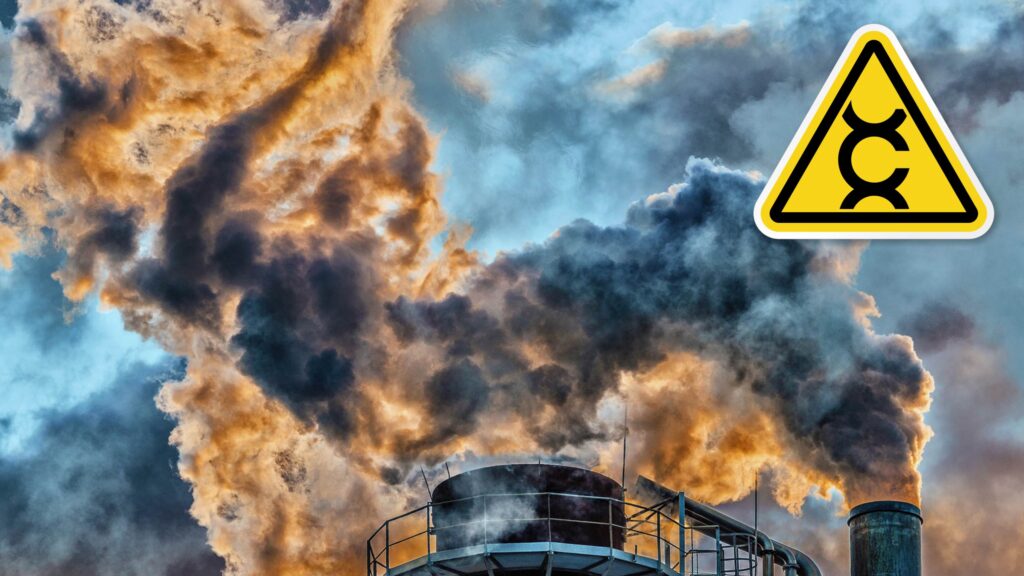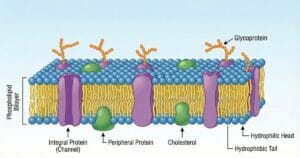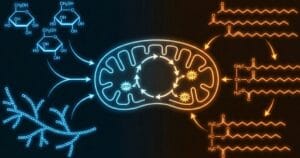
Welcome to the COMPETITIVE EXAM MCQs SERIES of ENVIRONMENTAL SCIENCE for UGC-NET/JRF, SLET, ARS, GATE and other entrance tests: Environmental Chemistry – Airborne Carcinogens.
Syllabus Outline
- Sources of Airborne Carcinogens (e.g. anthropogenic, natural and indoor)
- Environmental Fate and Transport of Airborne Carcinogens
- Atmospheric processes affecting the behaviour of carcinogens
- Long-range transport and global distribution
- Deposition mechanisms and environmental sinks
- Human health impacts (e.g. respiratory diseases and cancers)
- Ecological impacts on flora and fauna.
- Risk assessment methodologies and regulatory frameworks
- In addition, public awareness and community involvement
This quiz contains the concept-based most frequently asked 25 MCQs of “Environmental Chemistry – Airborne Carcinogens“. Each question has a single correct/most appropriate answer.
1. Which air toxic is commonly found in tobacco smoke and induces cancer in humans?
a) Acrolein
b) 1,3 Butadiene
c) Polycyclic aromatic hydrocarbons (PAHs)
d) Radon
2. Which air toxic is commonly found in paint and is associated with an increased risk of developing bladder cancer?
a) Toluene
b) Arsenic
c) Cadmium
d) Benzene
3. Which of the following is a common industrial solvent known for its carcinogenic properties?
a) Hydrogen peroxide
b) Ammonia
c) Trichloroethylene
d) Sulfur dioxide
4. Chronic exposure to_____ is associated with an elevated risk of developing colorectal cancer?
a) 1,3 Butadiene
b) Asbestos
c) Nitrogen dioxide
d) Formaldehyde
5. What is true about the variability in the number of genes changed in cancer?
a) The number is constant across all cancers.
b) The number is consistently low.
c) The number is highly variable.
d) The number is always zero.
6. Prolonged exposure to which pollutant is linked to an increased risk of leukaemia?
a) Benzene
b) Toluene
c) Methanol
d) Acetone
7. What is the major health concern associated with exposure to formaldehyde?
a) Skin irritation
b) Respiratory problems
c) Increased cancer risk
d) Cardiovascular diseases
8. What is the primary source of arsenic in outdoor air?
a) Combustion of fossil fuels
b) Industrial emissions
c) Natural sources
d) Agricultural activities
9. Which air toxic is a known respiratory irritant and has been classified as a Group 1 human carcinogen by the International Agency for Research on Cancer?
a) Benzene
b) Sulfur dioxide
c) Formaldehyde
d) Acetone
10. Inhalation of which pollutant may irritate the eyes, nose, and throat, as well as respiratory effects such as bronchitis?
a) Nitrogen dioxide
b) Acrolein
c) Ammonia
d) Radon
11. Which air toxin is associated with liver cancer development?
a) Cadmium
b) Vinyl chloride
c) Chloroform
d) Acrolein
12. What is the primary source of polychlorinated biphenyls in outdoor air?
a) Combustion of fossil fuels
b) Agricultural activities
c) Natural sources
d) Industrial emissions
13. Radiofrequency of mobile is included in Group 2B of the IARC classification because it is
a) Possibly carcinogenic to humans
b) Probably not carcinogenic to humans
c) Not having any impact on humans
d) Carcinogenic to humans
14. What is the primary health concern associated with exposure to ethylene oxide?
a) Developmental effects in children
b) Increased risk of breast cancer
c) Respiratory problems
d) Cardiovascular diseases
15. Which of the following is NOT a carcinogenic air pollutant?
a) Benzene
b) Vinyl chloride
c) Nitrogen dioxide
d) Formaldehyde
16. Assertion (A): Prolonged exposure to benzene in the air is associated with an increased risk of leukaemia.
Reasoning (R): Benzene is a known carcinogen that can disrupt normal cellular processes, leading to the development of cancer.
a) Both A and R are false
b) Both A and R are true, and R is the correct explanation of A.
c) Both A and R are true, but R is an incorrect explanation of A.
d) A is true, but R is false.
17. Which air toxic is associated with the development of bladder cancer?
a) Vinyl chloride
b) Benzene
c) Chromium
d) Acrylonitrile
18. Assertion (A): Formaldehyde exposure through air pollution is a significant risk factor for nasopharyngeal carcinoma.
Reasoning (R): Formaldehyde is a volatile organic compound that can induce DNA damage and promote cancer development in specific tissues.
a) Both A and R are false
b) Both A and R are true, and R is the correct explanation of A.
c) Both A and R are true, but R is an incorrect explanation of A.
d) A is true, but R is false.
19. Assertion (A): Chronic exposure to arsenic in the air is associated with an increased risk of skin cancer.
Reasoning (R): Arsenic is a metalloid with known carcinogenic properties, and skin contact or inhalation can lead to the development of skin cancers.
a) Both A and R are false
b) Both A and R are true, but R is an incorrect explanation of A.
c) Both A and R are true, and R is the correct explanation of A.
d) A is true, but R is false.
20. Which air toxic is commonly used in the production of plastics and is associated with an elevated risk of developing lung cancer?
a) Benzene
b) Toluene
c) Acrolein
d) Vinyl chloride
21. What is the primary source of benzene in outdoor air?
a) Motor vehicle exhaust
b) Natural sources
c) Industrial emissions
d) Volatile organic compound (VOC) emissions
22. Chronic exposure to which pollutant is associated with an increased risk of developing ovarian cancer?
a) Trichloroethylene
b) Chromium
c) Acrylonitrile
d) Benzene
23. Which of the following is a common mode of action for chemical carcinogens?
a) Apoptosis
b) Oxidant activity
c) DNA damage and mutation
d) Endocrine disruption
24. Assertion (A): Polycyclic aromatic hydrocarbons (PAHs) are released into the air during incomplete combustion of organic materials.
Reasoning (R): PAHs have been linked to lung cancer and other respiratory diseases due to their ability to bind to DNA and cause mutations.
a) A is true, but R is false.
b) Both A and R is true, and R is the correct explanation of A.
c) Both A and R are false
d) Both A and R are true, but R is an incorrect explanation of A.
25. Which of the following air toxics is commonly associated with the manufacturing of rubber and is a known human carcinogen?
a) 1,3 Butadiene
b) Acrolein
c) Benzene
d) Vinyl chloride
Previous: Toxic chemicals
Next: Principles of Analytical Methods
References
- Manahan, Stanley E. (2019) Environmental Chemistry, CRC Press, 10th edition.
- Baird, Colin and Cann, Michael (2012) Environmental Chemistry, W. H. Freeman, 5th edition.
- Tyagi, Anil K. (2018) Environmental Science and Engineering, Khanna Publishers, 3rd edition.

